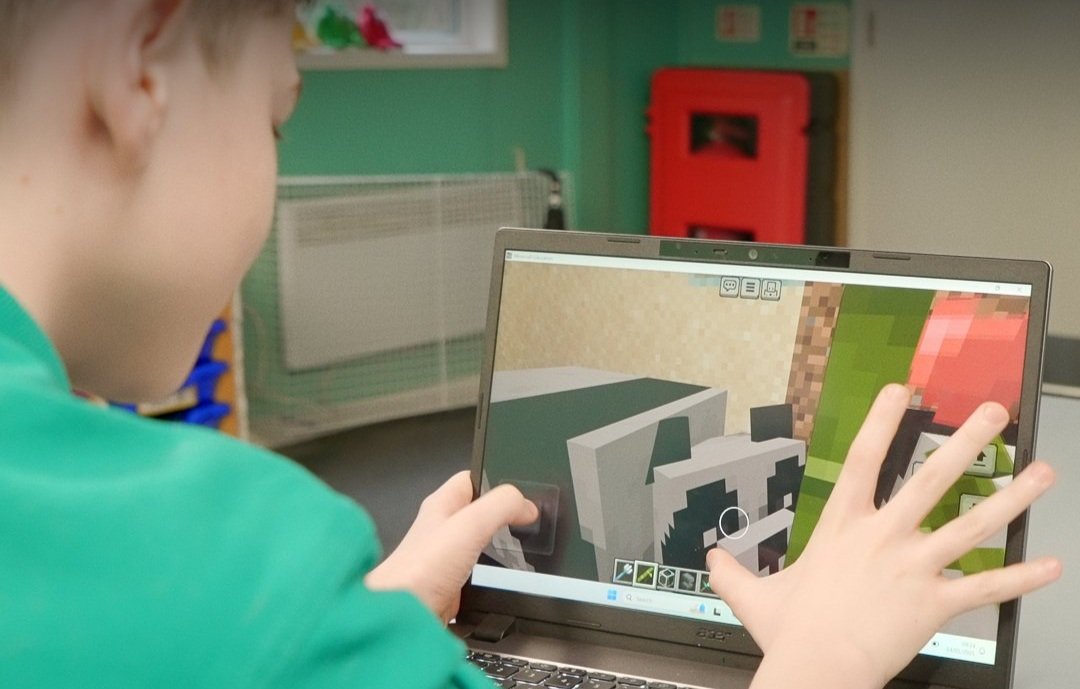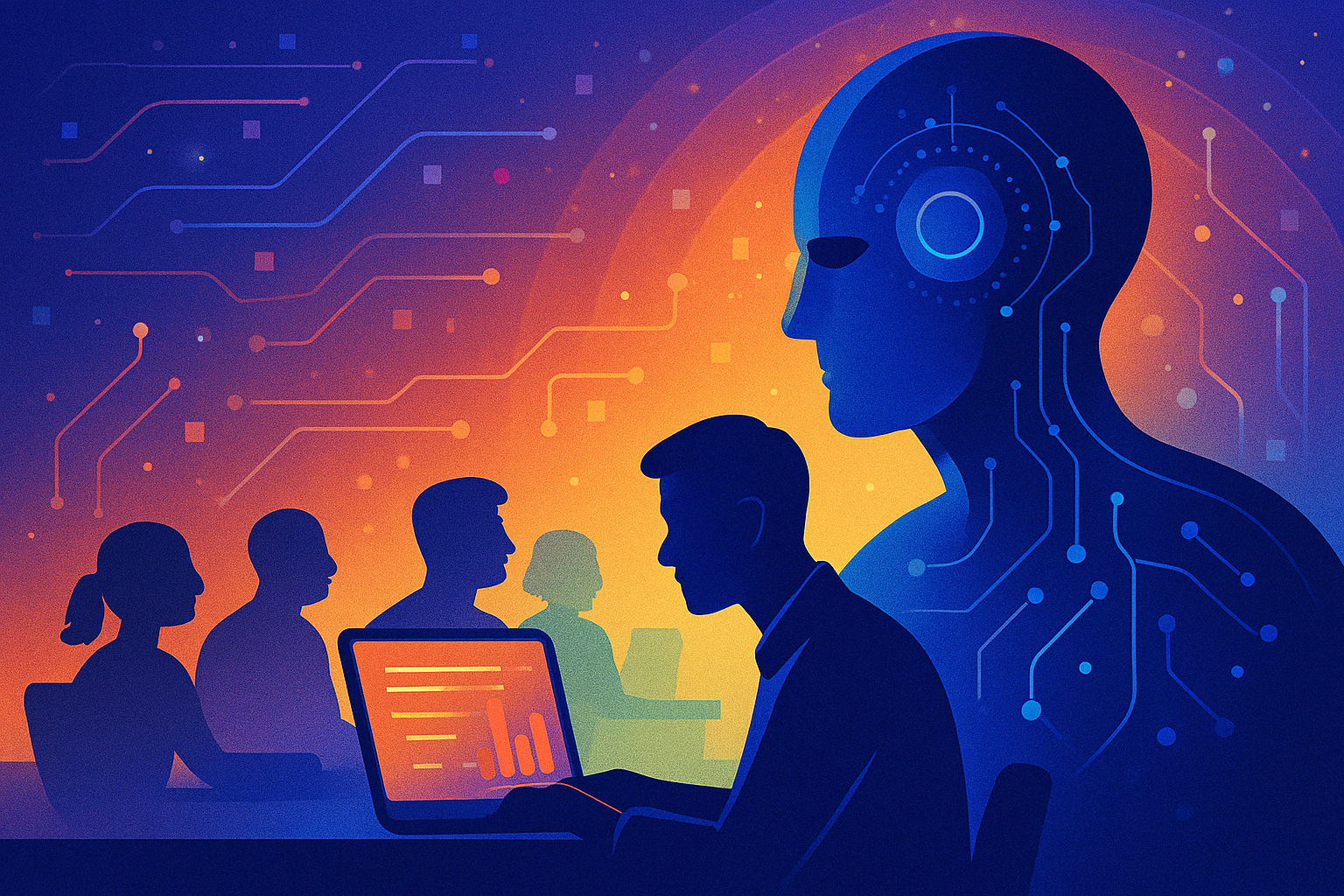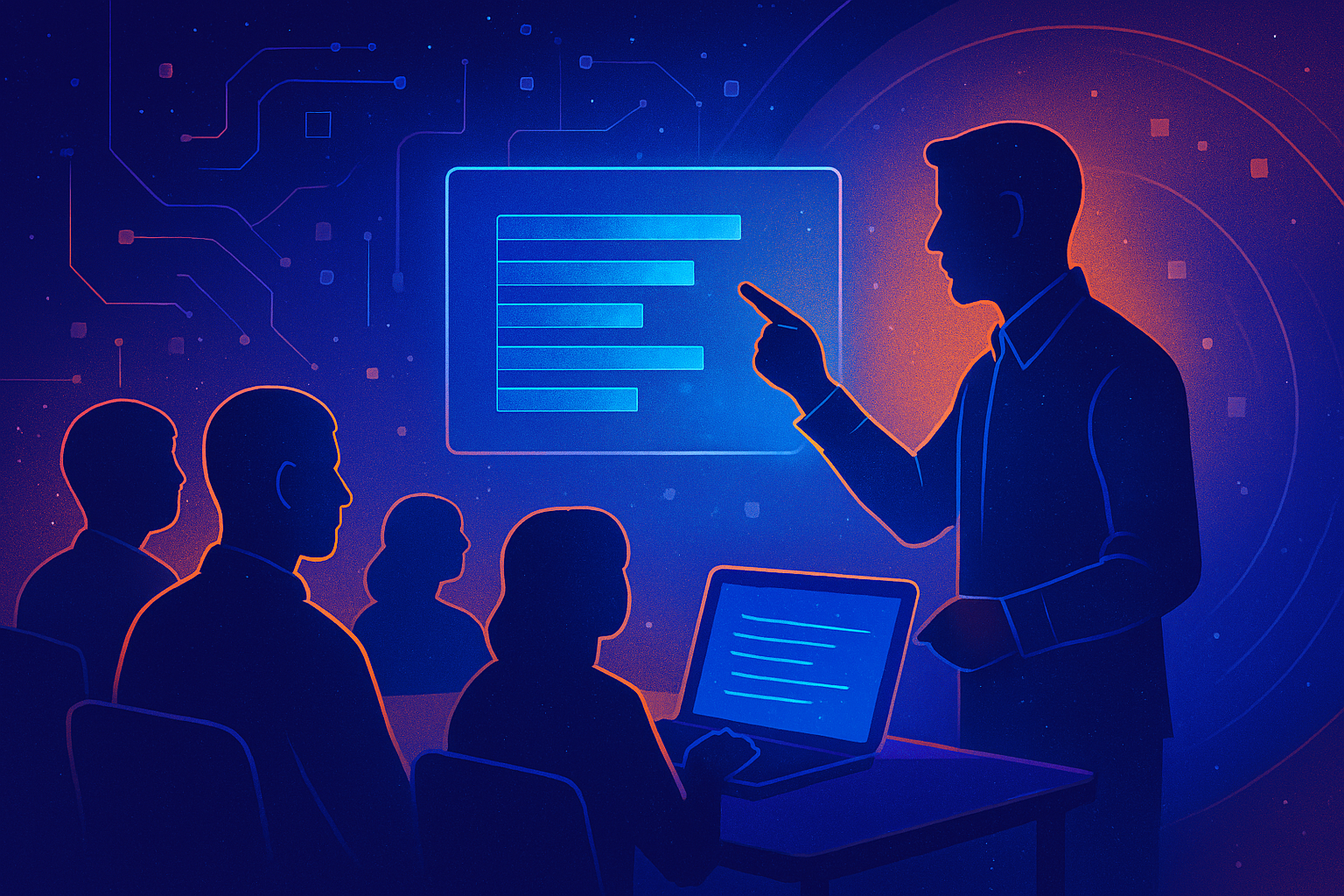Stephan Fortier explores the integration of AI in education for enhanced learning
Stephan Fortier, Regional Vice President for UK and Europe at Instructure discusses how AI can be harnessed by the education sector.
It's 1951 and the first programme to use artificial intelligence (AI) is teaching a computer how to play draughts at the University of Manchester.
It will be more than a year before the computer can play as efficiently as a human - which, by today's standards, is a long time.
The term AI first came into being several years later at a Dartmouth University workshop. Skip forward to 2024 and AI's capabilities have transcended computer games and permeated almost every sector - including education.
AI took a massive leap forward on November 30, 2022 when OpenAI released ChatGPT 3, its prototype AI chatbot that delivers human-like, detailed answers to inquiries, that amassed one million subscribers just a week after its launch. This ushered in the era of Generative AI, with advanced new AI tools powered by Large Language Models (LLMS) being released by every leading software vendor.
Whilst AI offers so much potential and has institutions excited about its application, it is natural that they want the reassurance that its use by students is safe and responsible.
This concern isn’t confined to the education sector either - as shown by the European Union’s recent adoption of its AI Act, the world’s first comprehensive law on the matter.
The Act, although in its early stages, imposes strict regulations on high-risk AI systems being used in business and education to reduce administrative and financial burdens. The Act also aims to foster trustworthy AI in Europe so it will be interesting to see how this materialises and whether other countries will follow suit.
As we have seen in the past following the introduction of the calculator, the internet, or even Wikipedia, concerns about technology and its impact on developing critical thinking skills amongst students are valid; however, embracing AI can complement teaching efforts, fostering creativity and helping to create more personalised learning.
Further at a time when funding and recruitment issues are at the forefront of minds, the role of generative AI could help teachers relieve some of the workload. GenAI will not replace teachers. They will work alongside AI - applying their unique knowledge, critical thinking and original insights that a robot cannot replace.
According to a recent Hanover Research study for Instructure, 46 per cent of educators in 17 countries (including the UK) use generative AI for personalised learning and 45 per cent use it for creating lesson plans/outlines.
But how can AI be best embraced by schools, colleges and universities?
Here are some key considerations to take into account as its use keeps growing among teachers and students:
Check new AI solutions and AI-powered edtech tools against your institution’s governing principles such as your privacy policies as well as the strategic vision of the institution.
If you aren't already, consider using AI to personalise the learning journey. AI has evolved to the point where it can tailor content to suit diverse learning patterns and proficiency levels. For example, through AI, algorithms can detect and automatically adapt the level of complexity depending on a student’s ability, results and outcomes. This enables staff to identify where interventions may be needed without significant time investment.
It can be tempting to try and keep up with peers, and rush to implement the latest and greatest AI technology trending for education. However, it’s worth investing time upfront to define the goals of implementing this technology and what success looks like. Be sure to also factor in the needs and concerns of key stakeholders - especially students.
The biggest concern over the usage of generative AI from students is the risk to academic integrity and how students might use Large Language Models, to submit work that has been plagiarised. Educate students on the limitations of generative AI usage, particularly concerning knowledge building and critical thinking, as well as producing original insight. Explain the risks of presenting work that is not your own, as well as the intrinsic biases that Generative AI is subject to. Clear guidelines on what generative AI can be used for in homework and assignments are important for setting clear barriers for students, although this will of course depend on the student’s age and their digital literacy.
When choosing a new edtech provider or learning ecosystem, factor in their guidelines around privacy, data usage and their approach to AI. Consider how well this technology integrates with any AI tools you use now and in the future.
However, when implemented with an intentional, secure, and human-driven approach in the classroom, technologies such as generative AI have the power to promote equitable and impactful learning experiences for students while relieving the ever-growing workload of educators.
It is the responsibility of every actor in the education sphere - including edtech providers, policymakers, education institutions, and teachers - to adopt an approach that consistently prioritises student and educator success.









